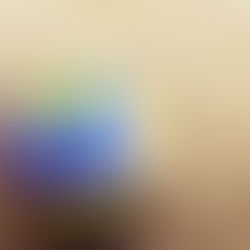Science of Composting

Today we’re talking all about composting. First, a brief review for those who may not be familiar with the concept. Basically, composting is the idea that instead of throwing out all of your trash, you can separate out the trash that is biodegradable and let that biodegradable trash degrade in a controlled fashion. Once you do so, the degraded trash is called “compost,” and is basically a very nutrient-rich soil-type material that you can use to fertilize a garden or generally enrich the soil nutrient content. Our family started composting in March, after we decided to challenge ourselves to dramatically reduce our trash consumption.
The science of composting is quite interesting, and requires a number of elements to achieve the optimal breakdown of trash into useful, dirt-like compost, including:
(1) Air. You need to make sure that the compost container is aerated so that many of the microorganisms that help degrade the trash can survive and even thrive. In practice, many compost containers have air slats cut into the outside of the containers for this purpose. Others come on a spinner axis, which lets you easily rotate the compost so that all of the decomposing trash can be better exposed to the air. General rule of thumb is that whenever you add trash to your compost bin, you should rotate the bin, or use a shovel to mix layers, or do something to help aeration and breakdown occur. One note on this: For many people, large compost piles can attract animals. Watch out that whatever you use to allow air to get to your compost does not also allow animals access at the same time!
(2) Mixture of “brown” and “green.” This is what I keep hearing from my composting friends, that an optimal compost pile is supposed to have alternating layers of “brown,” meaning carbon-rich material, and “green,” meaning nitrogen-rich material. Some items that would fall into the “brown” category include: newspaper, paper bags, coffee filters, dry leaves and branches, and “green” items would include fruit and vegetable peels and cores, coffee grinds, and green leaves/tree clippings. If you alternate layers carefully, the theory goes, there will be an optimal balance of nutrients in the compost and optimal degradation will occur.
As a scientist, I am not sure how accurate the green/brown distinction is (or how much it actually translates into nitrogen-rich vs. carbon-rich), but I do know what too much “green” does to your compost (thank you, direct experience): it makes it very wet and slimy, and also facilitates the growth of maggots (eeeewww). Every time this happens to us and I add more brown material, the problem is solved within 1-2 days.
Check out other links about the science of composting, here:
Also some links to things you can buy if you want to start composting, including an outdoor composting bin HERE and an indoor one to collect compost waste inside HERE.
Happy composting, readers!





















